Home>diy>Building & Construction>What Is The Best Construction Adhesive
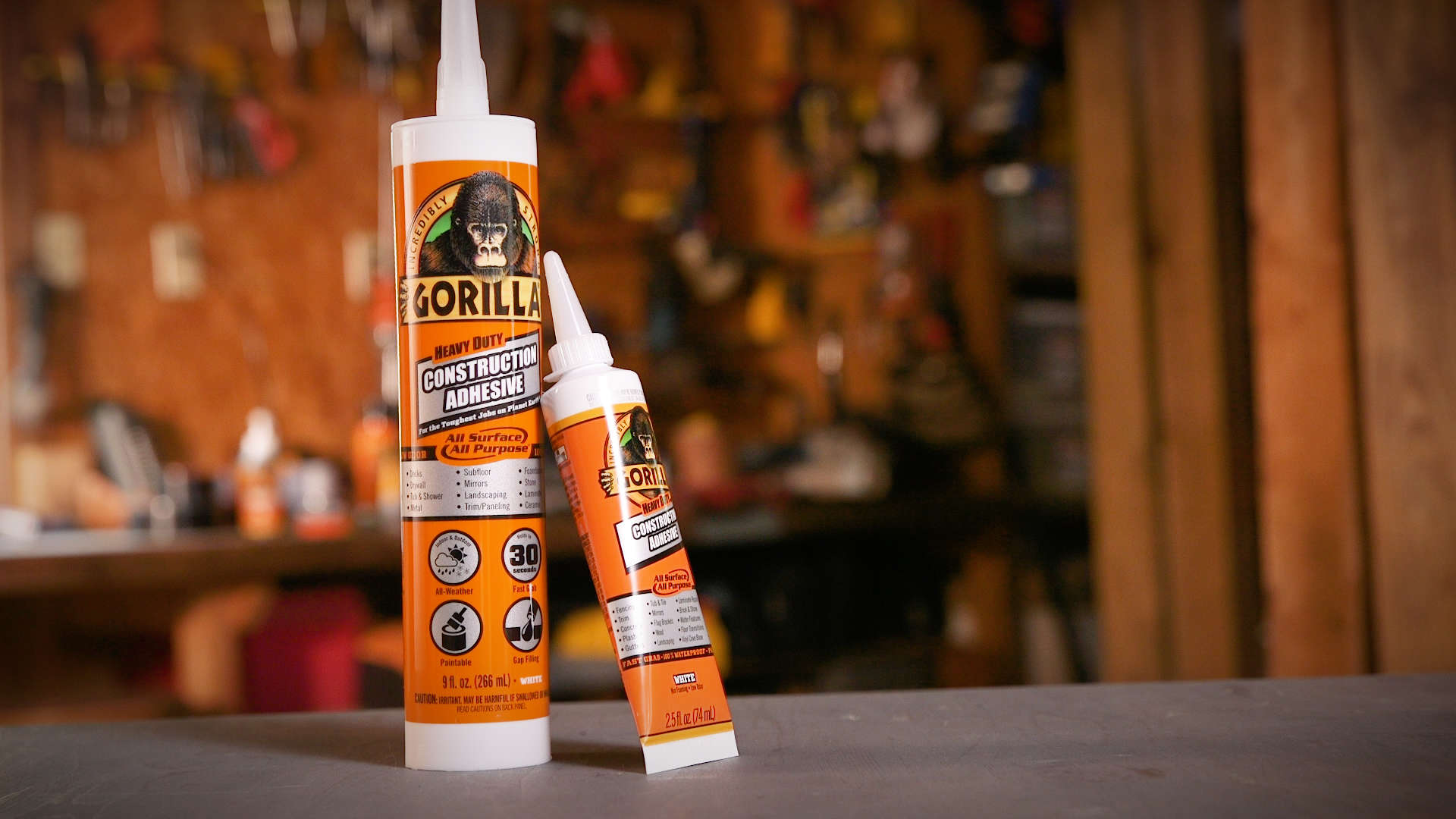

Building & Construction
What Is The Best Construction Adhesive
Modified: December 7, 2023
Discover the top-rated construction adhesive for building and construction projects. Choose the best adhesive for your needs.
(Many of the links in this article redirect to a specific reviewed product. Your purchase of these products through affiliate links helps to generate commission for Storables.com, at no extra cost. Learn more)
Introduction
When it comes to building construction, having a reliable and effective adhesive is crucial. Whether you are undertaking a small DIY project or working on a large-scale construction site, using the right construction adhesive can make all the difference. From bonding materials together to providing structural strength and durability, construction adhesives play a vital role in ensuring the integrity of various building components.
Construction adhesive, also known as construction glue or construction sealant, is a versatile adhesive designed specifically for the construction industry. It is used for bonding different building materials, such as wood, metal, stone, concrete, ceramic, and plastic. Unlike traditional adhesives, construction adhesive offers exceptional strength and bonding power, making it an essential component in construction projects.
Choosing the best construction adhesive for your specific needs can be a daunting task. With countless brands and types available in the market, it’s essential to consider a few factors to ensure you make the right choice. It is important to select an adhesive that offers superior bonding capabilities, durability, and compatibility with the materials you are working with.
To help you make an informed decision, this article will delve into the world of construction adhesives, providing insights into what they are, factors to consider when choosing one, and a review of some of the top construction adhesives in the market today. Additionally, we will explore application tips, safety precautions, and commonly asked questions to ensure you have all the information needed for successful adhesive application.
So, if you are looking to improve the strength and durability of your construction projects, let’s dive into the world of construction adhesives and find out which one is the best fit for your needs.
Key Takeaways:
- Choose the right construction adhesive by considering factors such as bond strength, compatibility, and application temperature to ensure a durable and reliable bond for your building projects.
- Prioritize safety by following handling instructions, using personal protective equipment, and adhering to manufacturer’s guidelines when working with construction adhesives.
Read more: Which Construction Adhesive Is Best
What Is Construction Adhesive?
Construction adhesive is a specialized adhesive used in the construction industry to bond different materials together. Also known as construction glue or construction sealant, it offers wide-ranging applications for both residential and commercial building projects. Unlike traditional adhesives, construction adhesive is designed to provide an exceptionally strong and durable bond, making it suitable for demanding construction applications.
One of the key features of construction adhesive is its versatility. It can bond a variety of materials commonly used in construction, including wood, metal, stone, concrete, ceramic, and plastic. This makes it a go-to choice for a wide range of construction projects, such as installing subflooring, securing drywall, attaching trim and molding, and bonding structural components.
Construction adhesive is available in different formulations, including solvent-based, water-based, and hybrid adhesives. Each formulation has its own advantages and is suitable for specific applications. Solvent-based adhesives have a quick bonding time and high initial strength, making them ideal for heavy-duty applications. Water-based adhesives, on the other hand, are non-toxic and have low odor, making them suitable for indoor projects. Hybrid adhesives combine the benefits of both solvent-based and water-based adhesives, offering a balance of strength and ease of use.
Construction adhesives are designed to withstand various environmental factors, such as temperature changes, moisture, and vibrations. They provide excellent resistance to heat, cold, and humidity, ensuring that the bond remains strong and durable over time. Additionally, construction adhesives are engineered to maintain their adhesive properties even under harsh conditions, making them suitable for both interior and exterior applications.
One of the primary advantages of using construction adhesive is its ability to distribute stress and load over a larger surface area, resulting in increased strength and stability. This is particularly important in construction projects where structural integrity is critical. Construction adhesive can also fill gaps and irregularities between surfaces, creating a tight bond and improving overall performance.
In summary, construction adhesive is a versatile and durable adhesive that plays a vital role in the construction industry. Whether you are undertaking a small DIY project or working on a large-scale construction site, using the right construction adhesive will ensure strong, long-lasting bonds between various building materials.
Factors to Consider When Choosing Construction Adhesive
Choosing the right construction adhesive for your project is crucial to ensure a strong bond and long-lasting results. With numerous options available in the market, it’s important to consider several factors before making a decision. Here are some key factors to keep in mind:
- Bond Strength: The bond strength of the adhesive is one of the most critical factors to consider. It determines how well the adhesive will hold the materials together. Look for adhesives that offer high bond strength to ensure a reliable and durable bond.
- Compatibility: Consider the compatibility of the adhesive with the materials you are working with. Some adhesives are specifically formulated for bonding certain materials, such as wood or metal, while others are more versatile and can bond a wide range of materials. Ensure that the adhesive you choose is compatible with the specific materials in your construction project.
- Application Temperature: Check the recommended application temperature range of the adhesive. Some adhesives require specific temperature conditions for optimal bonding. Make sure the temperature range aligns with the environment in which you will be working, whether it’s a chilly outdoor construction site or an indoor project.
- Type of Project: Consider the type of project you are undertaking. Different construction adhesives are designed for specific applications. For instance, if you are working on a flooring project, you may need an adhesive formulated for subfloor installation. If you are bonding heavy materials or working on load-bearing structures, opt for an adhesive with high holding power.
- Drying Time: Take into account the drying time of the adhesive, especially if you have time constraints for your project. Some adhesives dry quickly, allowing you to move on with subsequent steps sooner, while others require more time to cure. Balancing drying time with the needs of your project is essential.
- Environmental Considerations: Assess the environmental conditions the adhesive will be exposed to. Consider factors such as moisture levels, temperature fluctuations, and exposure to UV rays. Some adhesives are specifically formulated to withstand extreme temperatures or resist moisture, ensuring optimal performance in challenging environments.
- Ease of Use: Evaluate the ease of use of the adhesive. Look for an adhesive that is easy to apply and provides good coverage. Consider its viscosity and whether it comes in a convenient packaging, such as a caulking tube or a squeeze bottle.
- Health and Safety: Ensure that the adhesive you choose meets health and safety requirements. Look for adhesives that are non-toxic, low VOC (volatile organic compounds), and have minimal odor. If you are working in an enclosed space or have respiratory sensitivities, opt for adhesives that have low emissions to maintain a safe working environment.
By considering these factors, you can select the right construction adhesive that meets the specific requirements of your project, ensuring a secure and long-lasting bond between materials. It’s always advisable to read product labels, follow manufacturer guidelines, and conduct a small test before applying the adhesive to the entire project to ensure compatibility and desired results.
Review of Top Construction Adhesives in the Market
When it comes to construction adhesives, there are several top brands in the market known for their quality and reliability. Here, we will review some of the top construction adhesives that have gained popularity among professionals and DIY enthusiasts:
- Gorilla Heavy Duty Construction Adhesive: Gorilla is a well-known brand in the adhesive industry, and their Heavy Duty Construction Adhesive lives up to its reputation. This adhesive offers a strong bond on a variety of materials, including wood, metal, and concrete. It is durable, versatile, and ideal for both indoor and outdoor applications.
- Loctite PL Premium Polyurethane Construction Adhesive: Loctite is another reputable brand that produces high-quality construction adhesives. Their PL Premium Polyurethane Construction Adhesive is a popular choice for professionals. It provides excellent bonding strength, is resistant to water and weathering, and is suitable for various construction materials, including wood, stone, and metal.
- 3M Hi-Strength 90 Adhesive: 3M is a trusted name in the adhesive industry, and their Hi-Strength 90 Adhesive is highly regarded for its strength and reliability. It delivers a strong bond in a short amount of time and is particularly suited for bonding wood, metal, and plastics. It offers excellent temperature resistance and withstands both high heat and extreme cold.
- Liquid Nails Heavy Duty Construction Adhesive: Liquid Nails is a well-established brand known for its construction adhesives, and their Heavy Duty Construction Adhesive is a popular choice for professionals and DIYers alike. It provides a strong and durable bond on various materials, including wood, metal, and concrete. It has a high initial grab and can be used for both interior and exterior applications.
- DAP DynaGrip Heavy Duty Max Construction Adhesive: DAP is a trusted name in the adhesive industry, and their DynaGrip Heavy Duty Max Construction Adhesive is a top performer. It offers excellent bond strength and can be used on a wide range of materials, including wood, metal, and concrete. It has a long open time, allowing for precise placement of materials, and is resistant to water and weathering.
These are just a few examples of top construction adhesives available in the market. Each adhesive has its own features, strengths, and limitations, so it’s important to select the one that best suits your specific construction needs. Consider factors such as bond strength, compatibility with materials, and ease of use when making your decision.
Remember to always follow the manufacturer’s instructions for proper application and safety precautions. Conduct a small test to ensure compatibility and desired results before applying the adhesive to the entire project. By choosing a reputable brand and utilizing the right adhesive, you can ensure a strong and durable bond for your construction projects.
Comparison of Key Features and Specifications
When choosing a construction adhesive, it’s important to compare the key features and specifications of different options to find the best fit for your project. Here, we will compare some common factors that can help you make an informed decision:
- Bond Strength: Compare the bond strength of different adhesives. Look for adhesives that offer high bond strengths to ensure a reliable and long-lasting bond.
- Compatibility: Consider the materials the adhesive is compatible with. Some adhesives are formulated for specific materials, while others have broader compatibility.
- Application Temperature: Check the recommended application temperature range of each adhesive. Ensure that it aligns with the environment or conditions you will be working in.
- Drying Time: Compare the drying time of different adhesives. Some adhesives dry quickly, allowing you to move on with subsequent steps sooner, while others require more time to cure.
- Environmental Resistance: Evaluate the adhesive’s resistance to environmental factors, such as moisture, temperature fluctuations, and UV exposure. Look for adhesives that offer the desired level of resistance for your specific project.
- Ease of Use: Consider the ease of application and coverage of each adhesive. Some adhesives have a thicker consistency, which may be more challenging to apply, while others come in user-friendly packaging for easy and precise application.
- Health and Safety: Assess the health and safety aspects of the adhesive. Look for adhesives that have low toxic emissions, minimal odor, and meet health and safety regulations.
- Packaging Size: Compare the size options available for each adhesive. Consider the volume required for your project and choose a size that offers the best value for money.
- Cost: Compare the cost of different adhesives, taking into account the value offered in terms of features, bond strength, and overall performance.
By comparing these key features and specifications, you can narrow down your options and select the construction adhesive that best meets your specific needs and requirements. It’s important to prioritize the factors that are most important for your project and find the right balance between performance, compatibility, and cost.
Remember to read product labels, follow manufacturer guidelines, and conduct a small test before applying the adhesive to your entire project to ensure compatibility and desired results. By making an informed decision, you can ensure a successful and durable bond for your construction projects.
When choosing a construction adhesive, look for a product that is specifically designed for the materials you are working with, such as wood, metal, or concrete. It’s important to follow the manufacturer’s instructions for proper application and curing time.
Read more: How To Remove Construction Adhesive
Application Tips and Techniques for Using Construction Adhesive
Using construction adhesive correctly is essential to ensure a strong and reliable bond between materials. Here are some application tips and techniques to help you achieve optimal results:
- Surface Preparation: Before applying the adhesive, ensure that the surfaces to be bonded are clean, dry, and free from dust, grease, and other contaminants. Use a brush or a cloth to remove any debris and ensure maximum adhesion.
- Apply in Moderation: Apply the construction adhesive in a moderate and consistent manner. Avoid excessive application, as this can result in messiness and waste of product. A thin, even layer of adhesive is usually sufficient for a strong bond.
- Apply Adequate Pressure: Once the adhesive is applied, firmly press the materials together to ensure proper contact and distribution of the adhesive. Use clamps or other forms of pressure to hold the materials in place until the adhesive sets.
- Temperature Considerations: Take into account the temperature during the application and curing process. Adhesives may react differently in extreme heat or cold, affecting bonding strength. Refer to the manufacturer’s guidelines for the recommended temperature range.
- Drying and Curing Time: Allow the adhesive to dry and cure completely before subjecting the bonded materials to stress or load. Follow the manufacturer’s instructions for the recommended drying and curing time. It is important to be patient and allow adequate time for the adhesive to set for a strong bond.
- Clean Up Excess Adhesive: Immediately clean up any excess adhesive that squeezes out during the bonding process. Use a damp cloth or mineral spirits to remove any adhesive residue. Once the adhesive dries, it becomes more difficult to clean up.
- Storage and Shelf Life: Store the adhesive in a cool, dry place, following the manufacturer’s storage instructions. Adhesives have a limited shelf life, so check the expiration date and use any opened containers within the recommended timeframe for best results.
- Special Considerations: Different types of construction adhesives may have specific application considerations. For example, some adhesives may require a longer open time for positioning of materials, while others may require a shorter working time due to their quick-drying nature. Always refer to the manufacturer’s instructions for any special considerations.
- Safety Precautions: Follow appropriate safety precautions when using construction adhesive. Wear gloves and safety glasses to protect your skin and eyes. Ensure proper ventilation in the work area to avoid inhalation of fumes. Read and follow all safety guidelines provided by the adhesive manufacturer.
By following these application tips and techniques, you can ensure proper bonding and achieve optimal results with your construction adhesive. Remember that each adhesive may have specific instructions and considerations, so always refer to the manufacturer’s guidelines for the best practices.
Lastly, practice makes perfect. If you are new to using construction adhesive, consider practicing on scrap materials or in small, inconspicuous areas before applying the adhesive to your main project. This will help you become more confident and achieve better outcomes in your construction projects.
Safety Precautions and Handling Instructions
While construction adhesives are invaluable for bonding materials together, it is essential to prioritize safety during their handling and application. Understanding and following proper safety precautions can help ensure a safe working environment and minimize the risk of accidents or injuries. Here are some key safety precautions and handling instructions to keep in mind:
- Read and Follow Manufacturer’s Instructions: Familiarize yourself with the manufacturer’s instructions and recommendations provided on the product label. Pay attention to any specific safety guidelines or precautions mentioned.
- Personal Protective Equipment (PPE): Always wear appropriate personal protective equipment. This may include safety glasses, gloves, and if necessary, a respirator or mask. PPE helps protect your eyes, skin, and lungs from potential hazards.
- Work in a Well-Ventilated Area: Ensure proper ventilation in the work area. Open windows or use fans to promote air circulation, particularly if working with solvent-based adhesives. Adequate ventilation helps mitigate the risk of inhaling fumes or volatile byproducts.
- Avoid Skin Contact: Avoid direct skin contact with the adhesive. If contact occurs, immediately wash the affected area with soap and water. Some adhesives may cause skin irritation or allergic reactions, so wear gloves as an added precaution.
- Prevent Eye Exposure: Protect your eyes by wearing safety glasses or goggles while using construction adhesive. In case of accidental eye contact, rinse thoroughly with water for at least 15 minutes and seek medical attention if irritation persists.
- Store Properly: Store construction adhesive in a cool, dry place, following the manufacturer’s recommended storage instructions. Keep adhesives tightly sealed when not in use to prevent drying out or leakage.
- Dispose of Materials Properly: Dispose of any unused adhesive, empty containers, or waste materials according to local regulations and guidelines. Follow proper disposal procedures to protect the environment and prevent contamination.
- Keep Out of Reach of Children: Store construction adhesives in a secure area out of the reach of children and pets. Adhesives can be toxic if ingested, so it’s crucial to prevent accidental consumption.
- Emergency Preparedness: Have a plan in place for dealing with accidents or spills. Keep a first aid kit readily available and be familiar with basic first aid procedures. In case of a chemical emergency or severe reaction, seek immediate medical attention.
- Follow Local Regulations: Adhere to local regulations, codes, and guidelines governing the safe handling and use of construction adhesives. Be aware of any specific restrictions or requirements in your area.
Remember, safety should always be a top priority when working with construction adhesives. By following these safety precautions and handling instructions, you can minimize the risk of accidents, promote a safe working environment, and achieve successful outcomes in your construction projects.
If you have any concerns or questions regarding the safe use of construction adhesives, consult the manufacturer or seek professional guidance.
Frequently Asked Questions (FAQs)
Here are some commonly asked questions regarding construction adhesives:
Q: What is the shelf life of construction adhesives?
A: The shelf life of construction adhesives can vary depending on the brand and formulation. It is typically mentioned on the product label or packaging. Generally, unopened containers can have a shelf life of one to two years. Once opened, the adhesive should be used within the recommended timeframe, which can range from a few months to a year, to ensure optimal performance.
Q: Can construction adhesives be used on different types of materials?
A: Yes, construction adhesives are designed to bond a variety of materials commonly used in construction, including wood, metal, concrete, stone, ceramic, and plastic. However, it is important to choose an adhesive that is compatible with the specific materials you are working with. Read the product label or consult the manufacturer’s guidelines for compatibility information.
Q: Can construction adhesive be used outdoors?
A: Yes, many construction adhesives are suitable for both indoor and outdoor applications. However, it is important to choose an adhesive that offers good resistance to weathering, moisture, and temperature fluctuations. Consider using adhesives specifically labeled for outdoor use or consult the manufacturer for guidance on the best adhesive for your specific outdoor project.
Q: How long does construction adhesive take to dry?
A: The drying time of construction adhesive can vary based on factors such as temperature, humidity, and the specific adhesive used. Typically, construction adhesives have a drying time that ranges from a few minutes to several hours. However, it is important to note that full curing and achieving maximum bond strength may take longer, often up to 24 hours or more. Refer to the manufacturer’s instructions for the recommended drying and curing times for the specific adhesive.
Q: Can construction adhesive be applied to wet surfaces?
A: Construction adhesives are best applied to clean and dry surfaces. Moisture or water can negatively affect the adhesive’s bonding capabilities. It is important to ensure that surfaces are free from moisture before applying the adhesive for the best results. However, there are some adhesives available that are specifically formulated for wet or damp surfaces. Read the product label or consult the manufacturer for guidance on adhesive application to wet surfaces.
Q: Can construction adhesives be used for load-bearing applications?
A: Yes, certain construction adhesives are suitable for load-bearing applications. However, it is important to choose an adhesive specifically formulated for structural bonding if you are working on load-bearing structures. These adhesives offer higher bond strengths and are designed to provide long-term structural integrity. Consult the manufacturer or seek professional advice for load-bearing applications to ensure the correct adhesive is used.
These FAQs provide general information regarding construction adhesives. For specific questions related to a particular adhesive or project, it is recommended to refer to the product label, manufacturer’s guidelines, or consult with a professional in the industry.
Conclusion
Construction adhesive is a versatile and essential component in the world of building construction. It provides a reliable and durable bond between various materials, offering strength and stability to structures, installations, and projects of all sizes. Selecting the right construction adhesive for your specific needs is crucial to ensure optimal performance and longevity.
In this article, we have explored what construction adhesive is and its importance in construction projects. We discussed the factors to consider when choosing an adhesive, including bond strength, compatibility, application temperature, and drying time. Furthermore, we reviewed some of the top construction adhesives available in the market, highlighting their key features and specifications.
We also provided tips and techniques for applying construction adhesive, emphasizing proper surface preparation, moderate application, adequate pressure, and appropriate drying and curing time. Safety precautions and handling instructions were outlined to ensure a safe working environment and minimize potential risks associated with using construction adhesives.
Lastly, we addressed frequently asked questions regarding construction adhesives, providing clarification on shelf life, material compatibility, outdoor use, drying time, application to wet surfaces, and load-bearing applications. By addressing these common queries, we aimed to provide a comprehensive understanding of construction adhesives.
In conclusion, choosing the right construction adhesive and using it correctly can greatly enhance the strength, durability, and overall integrity of your construction projects. Whether you are a professional contractor or a DIY enthusiast, familiarizing yourself with the various types of construction adhesives and their applications will enable you to achieve the best results in your building endeavors.
Remember to always refer to the manufacturer’s instructions, follow safety precautions, and conduct small tests or consult professionals when needed. By integrating the right construction adhesive into your projects, you can build confidently and create structures that stand the test of time.
Frequently Asked Questions about What Is The Best Construction Adhesive
Was this page helpful?
At Storables.com, we guarantee accurate and reliable information. Our content, validated by Expert Board Contributors, is crafted following stringent Editorial Policies. We're committed to providing you with well-researched, expert-backed insights for all your informational needs.
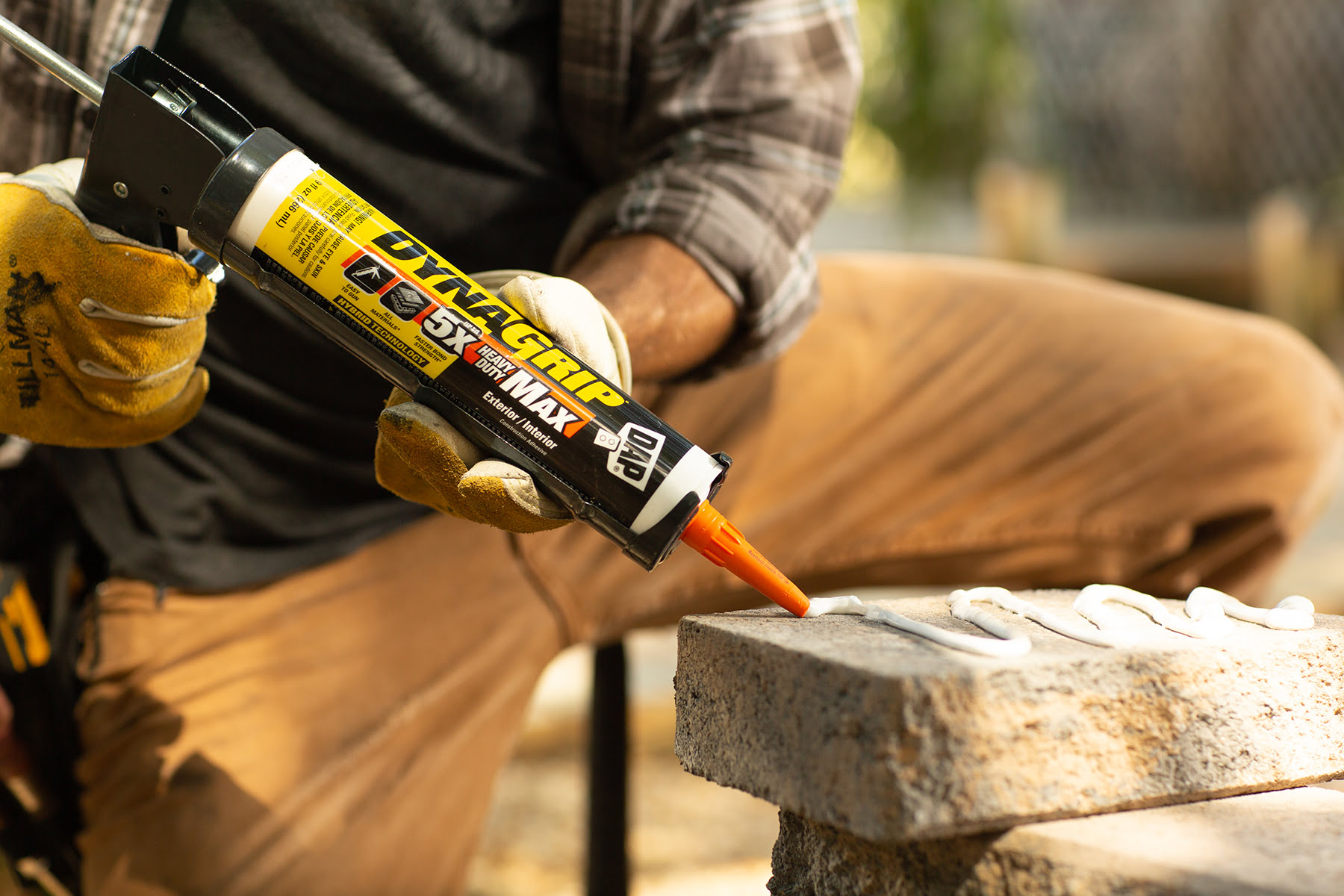
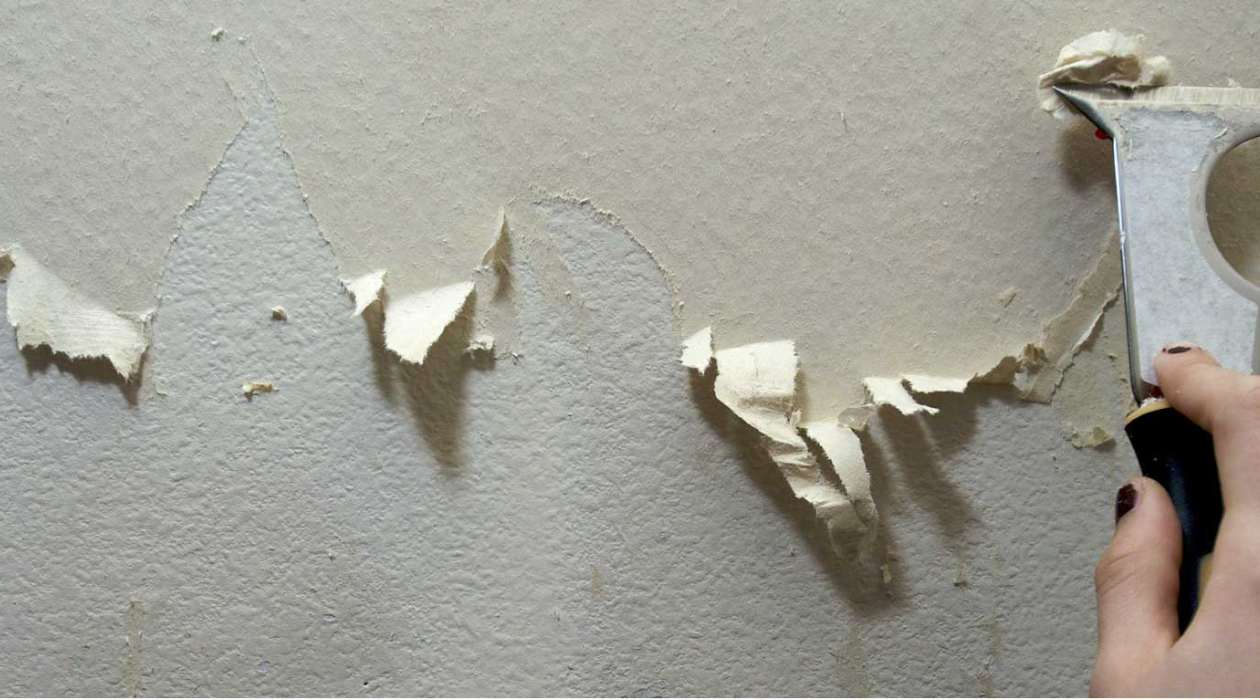
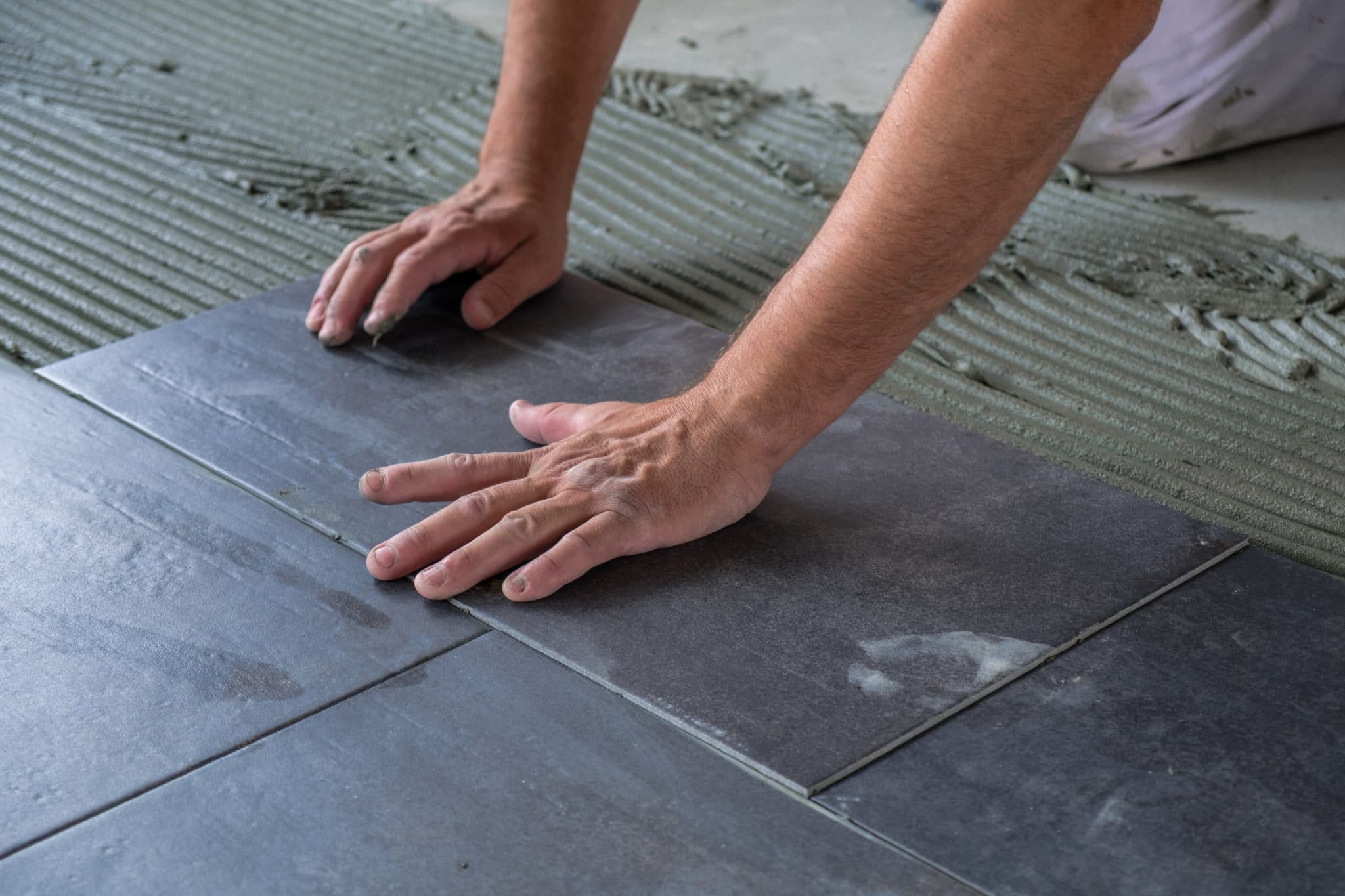
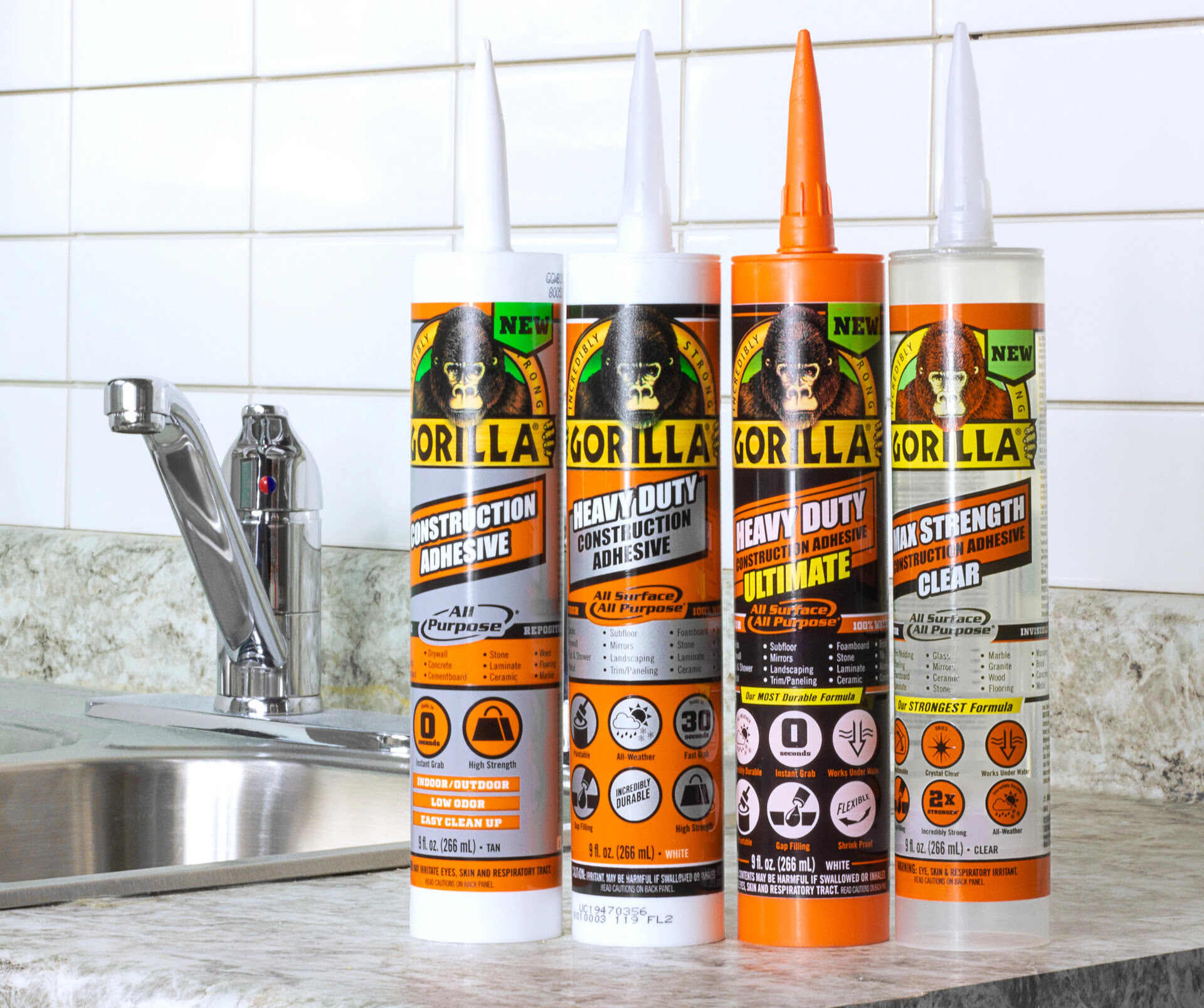

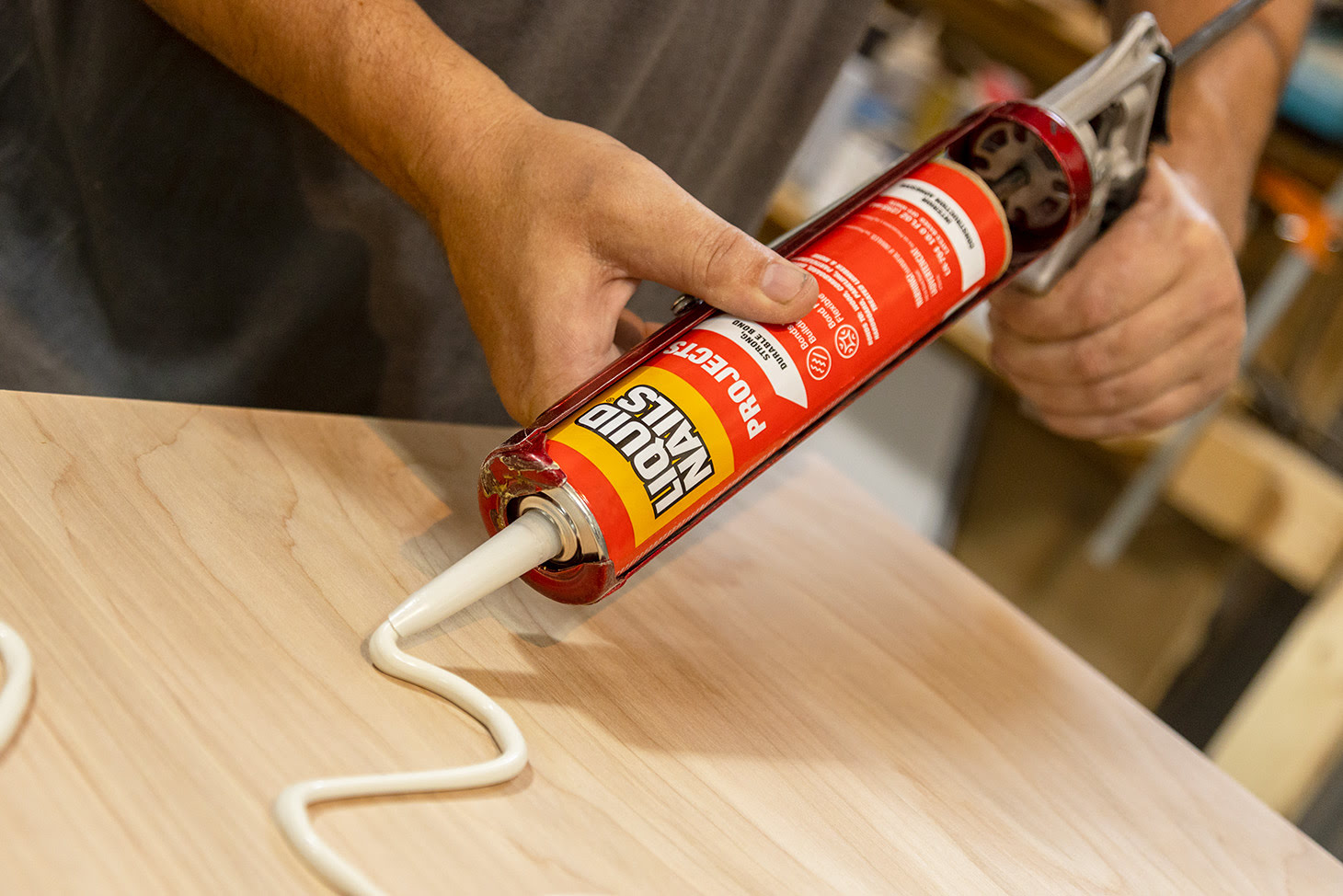
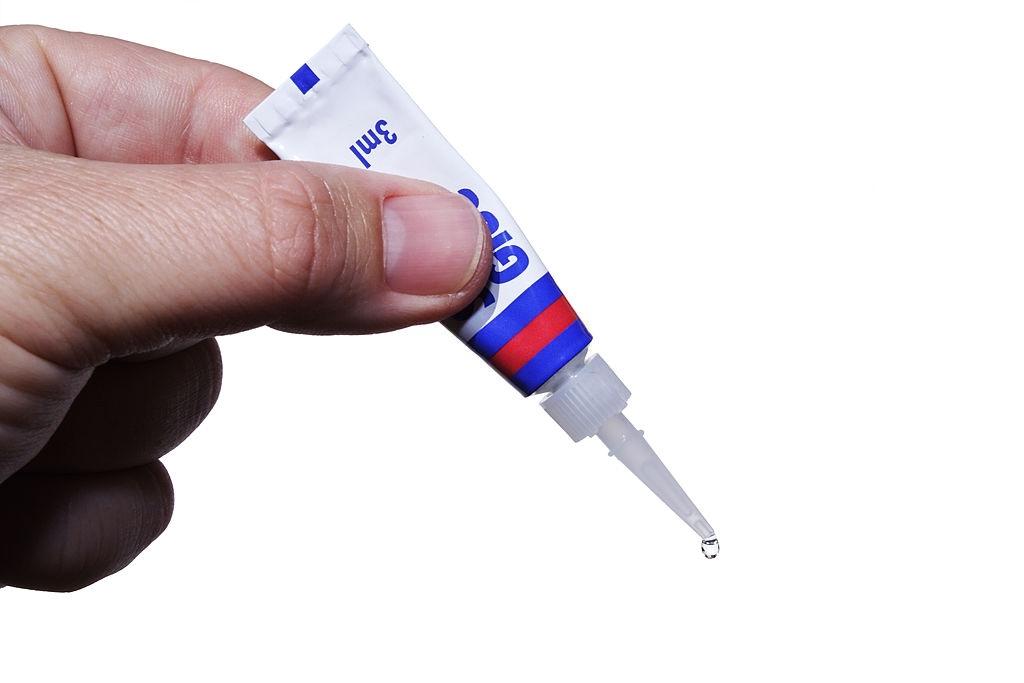
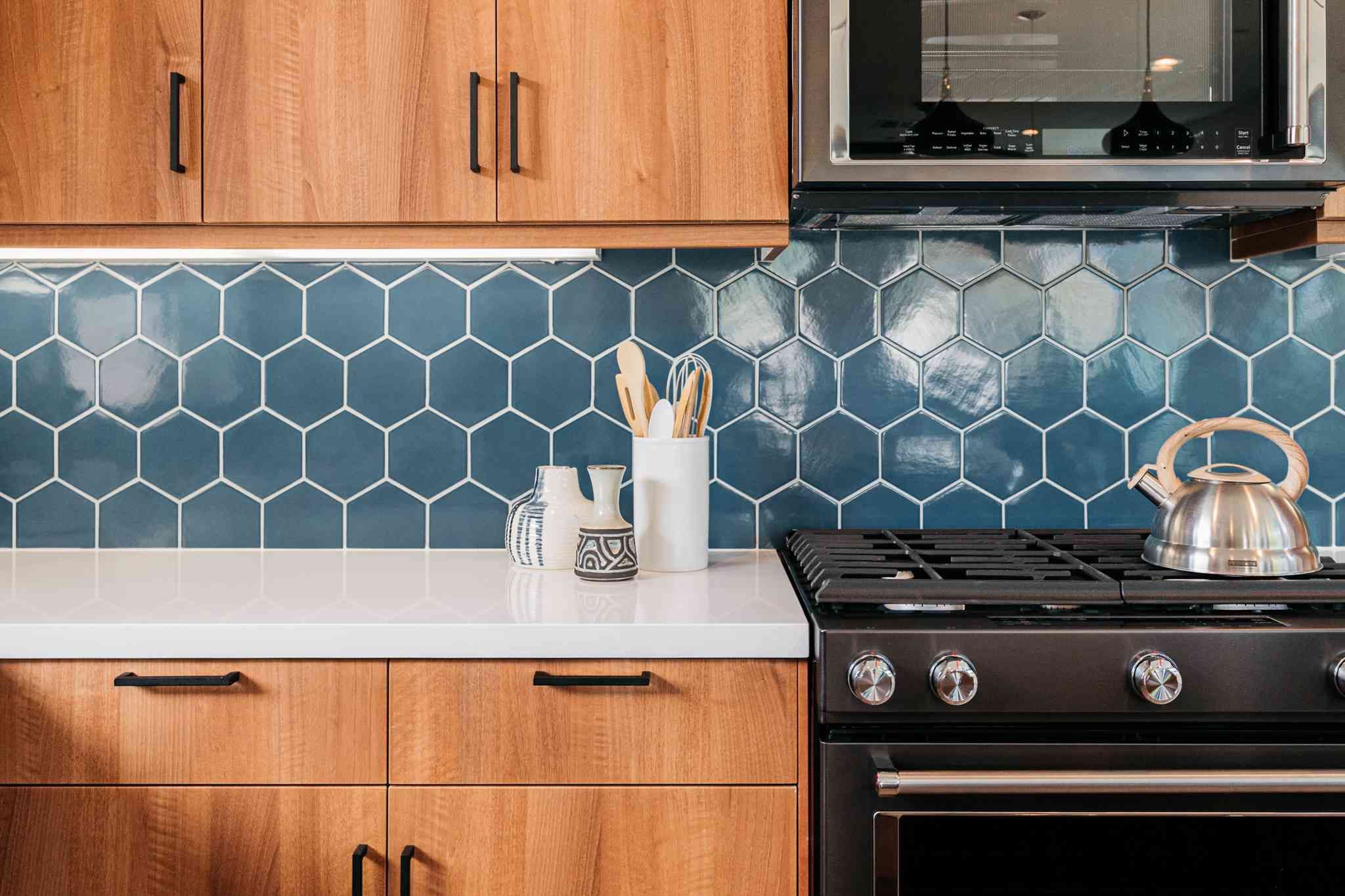
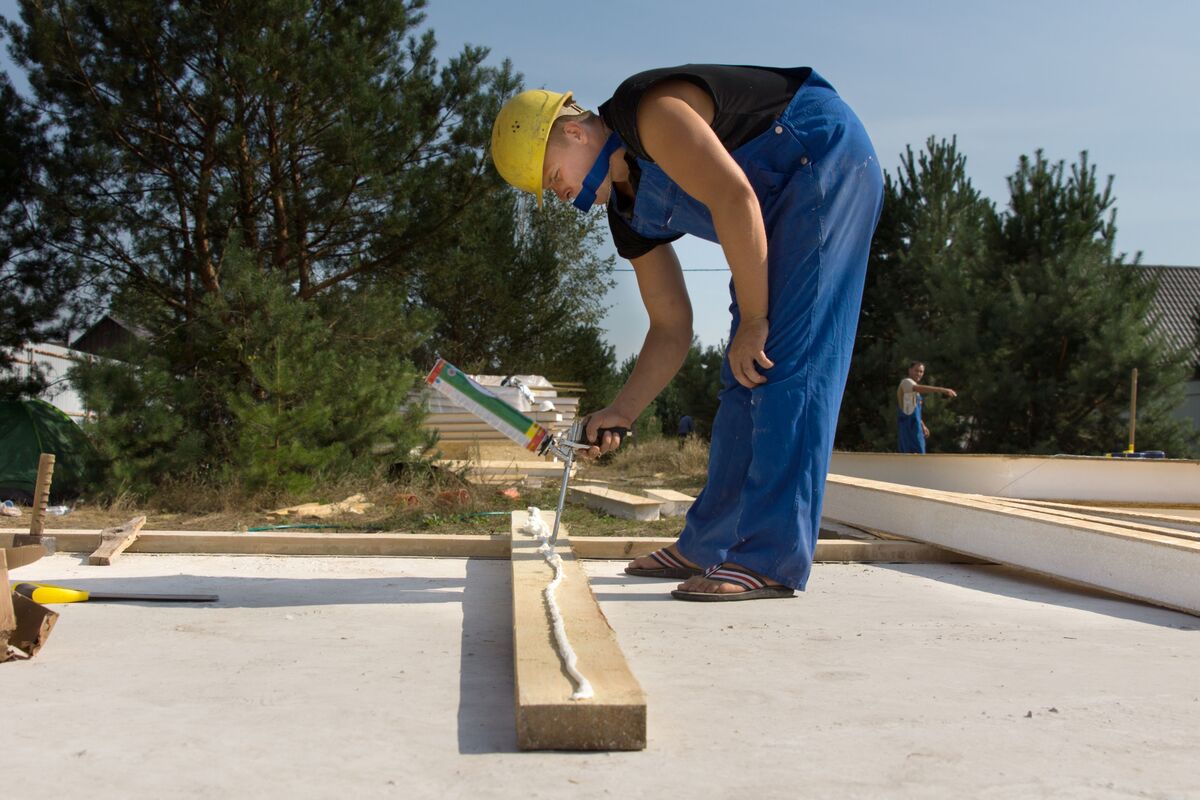
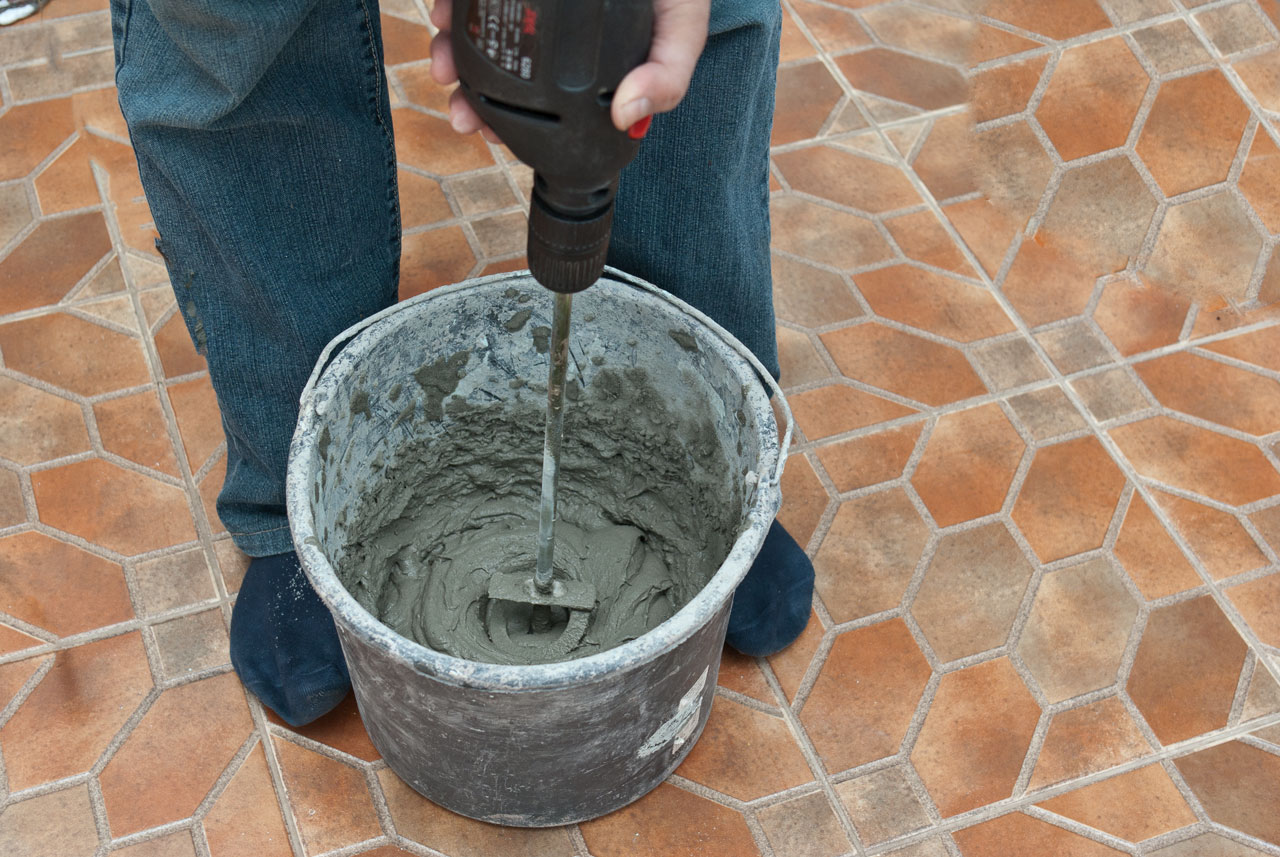
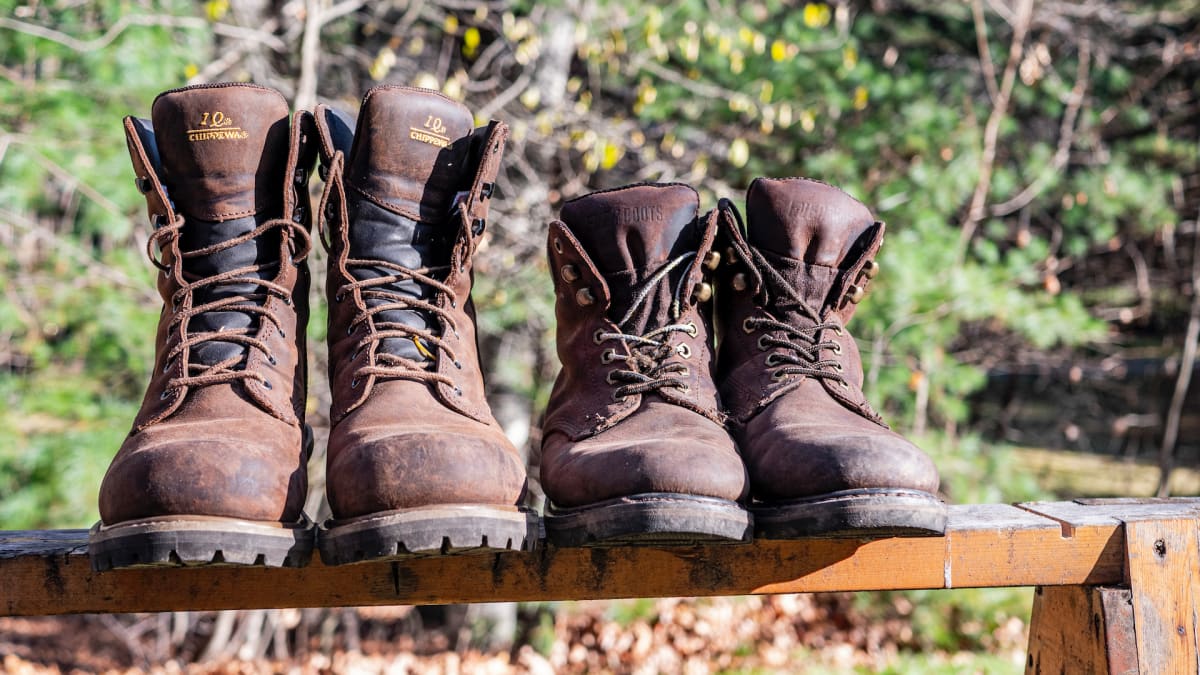
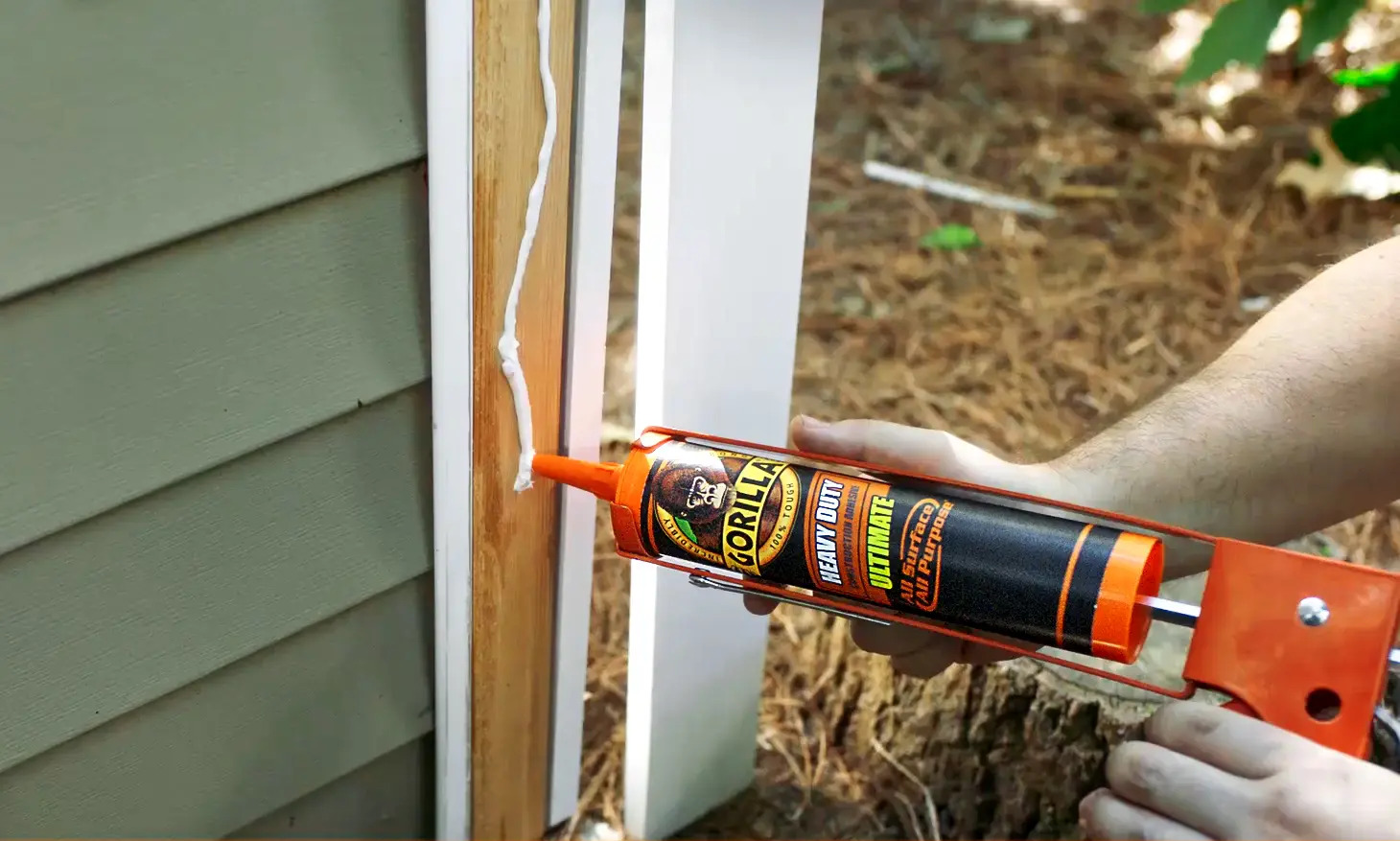
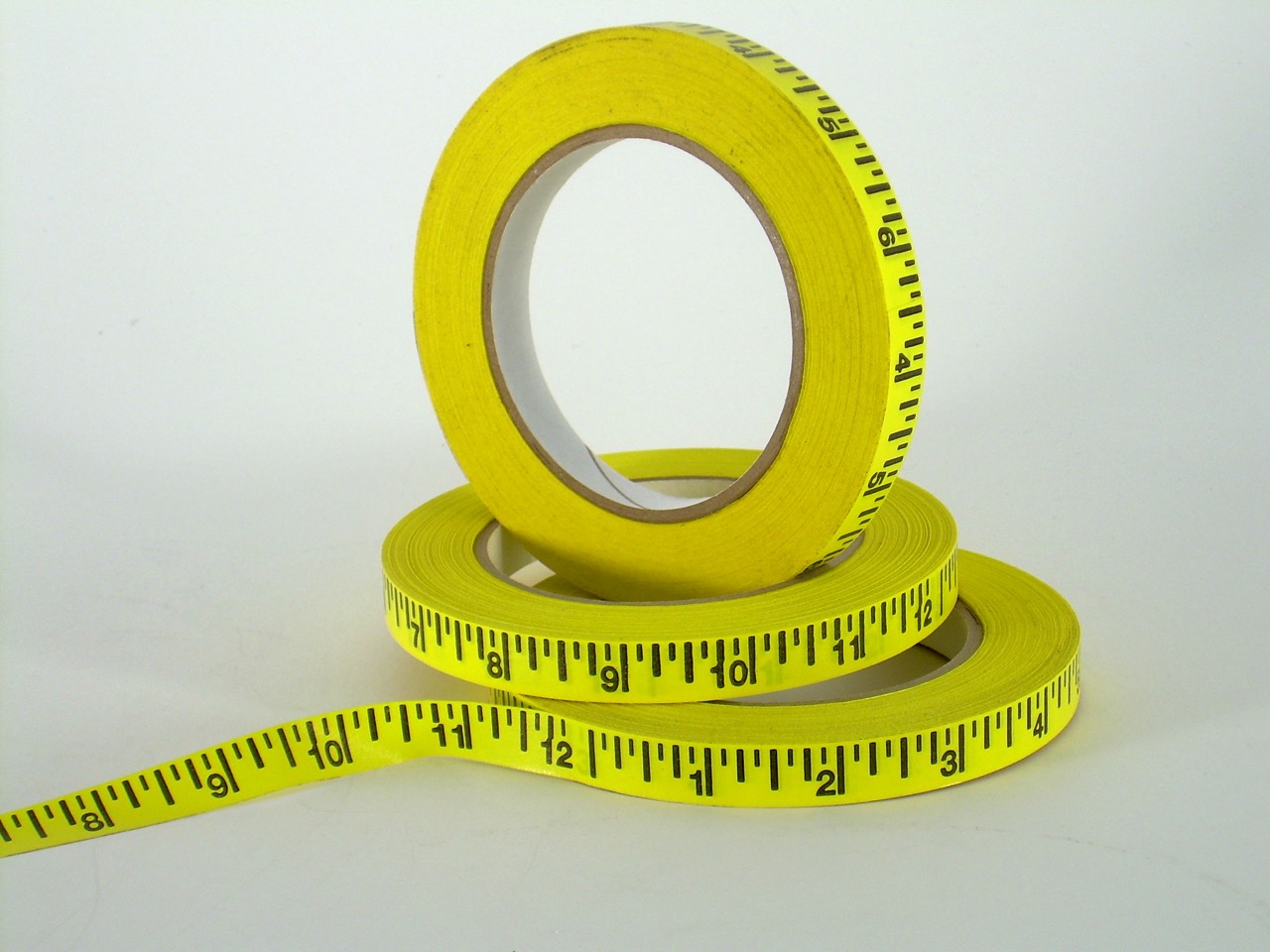
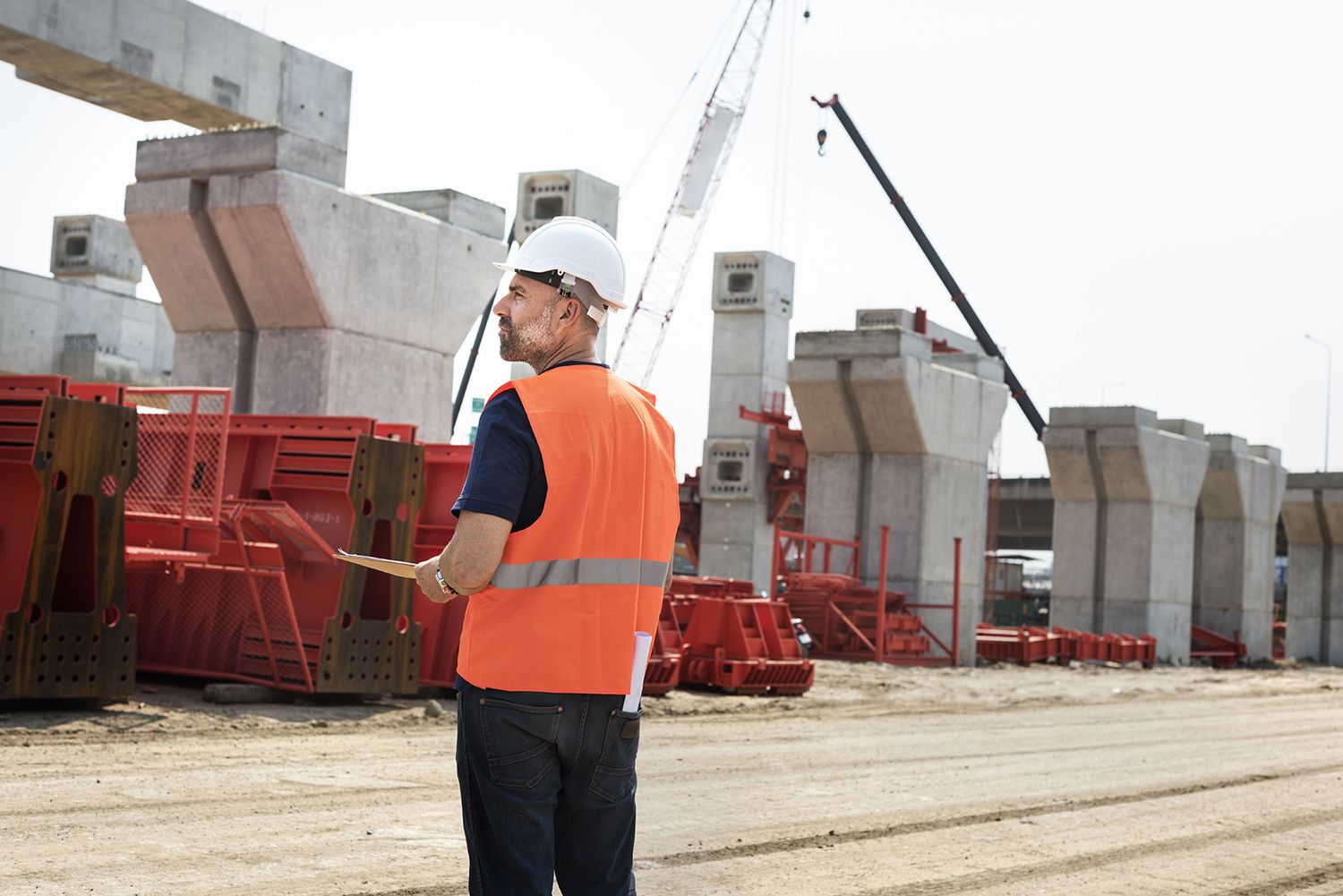

0 thoughts on “What Is The Best Construction Adhesive”